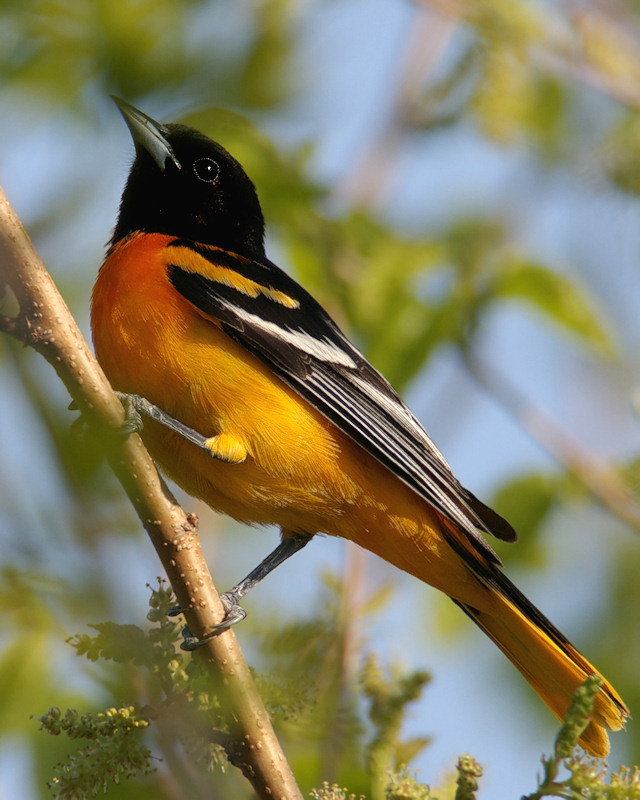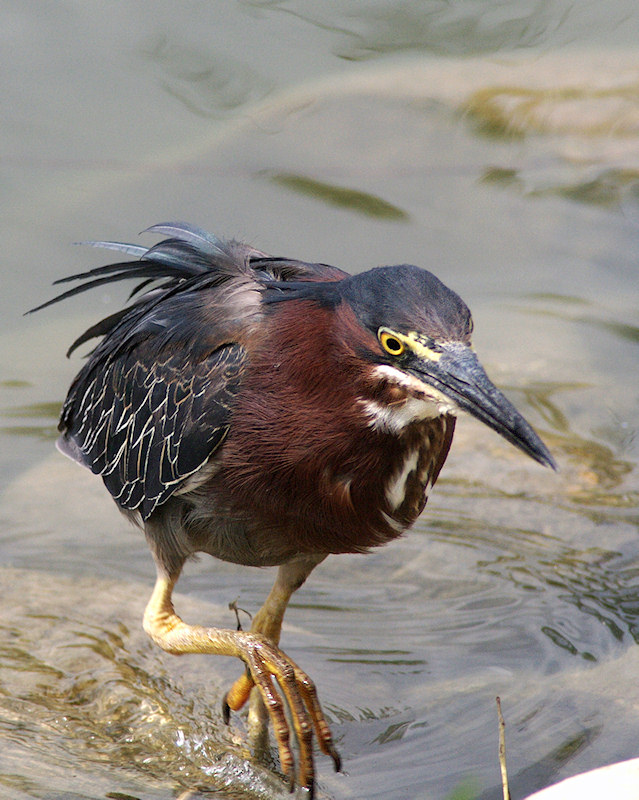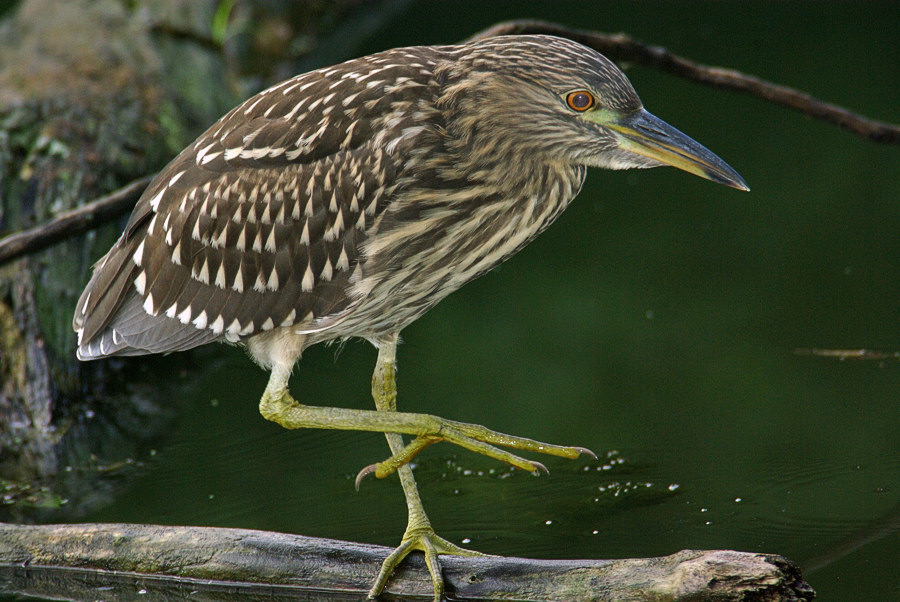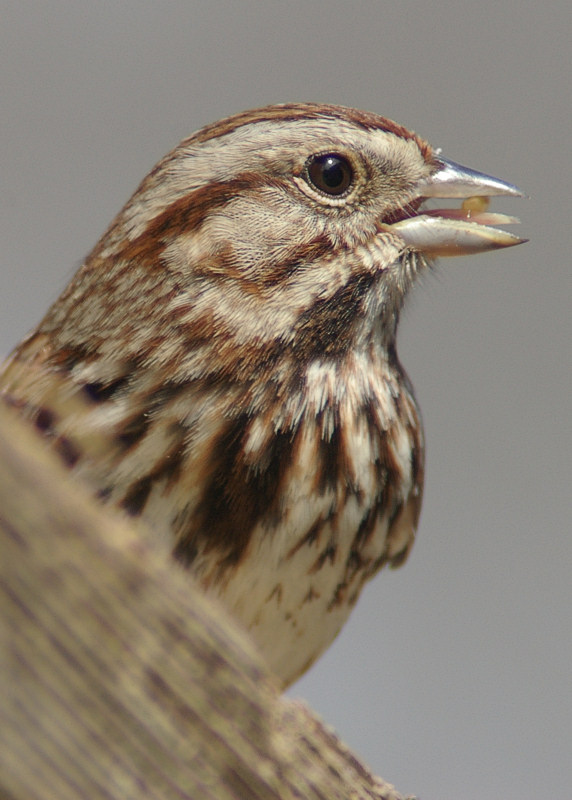I'll add some comments, but I'm an unashamed F 1.7x AFA fanboy, so take that into account, and excuse the long writeup. . .
The 1.7x AFA is my most used Pentax product. I currently have 3, and would feel handicapped if I only had one. All of mine were purchased used, and are from the original production, so I can't comment on the new ones, but the 4 that I have owned performed identically , so if the new ones have been made from NOS components (the comment about not marketing in EU for environmental reasons points to this), they should perform consistently. The last one I purchased was the most expensive -- an EX condition for $228 shipped from KEH, about 6 weeks ago, so if one looks hard enough, and has a bit of luck (I'm sure I just lucked into logging on within minutes of this one being posted), these don't have to be prohibitively expensive.
At least one member here feels that this TC is inferior optically, but from his comments, he's never used one, so I have to question his motivation in saying this.
He also criticizes the AFA from the perspective that it can only be used to advantage with MF lenses, and that using it with an AF lens is silly and wasteful. Here, lack of experience also shows -- An AF version of a lens usually has a shorter rotational throw from lock to lock than an MF version, and AF lenses have less dampened focus ring action (considered a liability to MF technique). Since the MF component is only used to get the focus somewhat close, and only a rough adjustment is necessary. AF lenses are actually preferable for use with the AFA.
This member also finds the very quick AF speed to lock, the focus limiting (which I see as a feature, not a liability), and the fact that any lens with the AFA turns into a Quick Shift lens as "minute" advantages. I disagree. . . I find all of these considerable advantages in use.
There are two more advantages to the AFA's design. AFAIK, it's the only K-mount AF TC that does NOT pass through lens ID or FL info for AF lenses. This necessitates entering a FL to calibrate SR. This is less of an advantage on zooms than primes, but I haven't found that many zooms that I'd use TCs with (the 70-200/2.8s and Sig 100-300/4 are the most notable exceptions), but IMO, being able to approximate FL as a choice is better than the alternative of being forced to use the SR with a 1.4x, 1.7x, or 2x error, or not at all. The second, is that the AFA is (again AFAIK) the only AF TC that automatically converts the effective Av considering the 1.7x magnification. This is a minor point, but might be advantageous to P-TTL flash use.
Pentax is the only mfg to successfully implement this idea. Nikon produced the TC16a, which mirrors the intent, but a web search for this item quickly showed me its many flaws and limitations. The Pentax AFA is the only adapter that will work as intended, allowing AF critical focusing for any K-mount lens with any KAF body.
The disadvantages the AFA has are generally shared with other TCs. You lose light -- the physics of the situation dictates that the effective Av is directly proportional to the FL, so there is @a 1 1/2 stop penalty in light gathering. There is the inevitable degradation of IQ from adding optical elements not matched to the original design of the lens. I've only noticed this in the quality of the bokeh for relatively close BG and FG objects (they might get slightly more frantic), and the inevitable magnification of CA/PF faults from the lens. If one desires better CA/PF performance, your only real choice is to use the TC with a better lens in this regard. In my experience, any losses in apparent sharpness and ability to capture fine detail are offset by the added magnification which allows finer critical focusing and better metering. This probably helps me more than others as I like to shoot "closeups" of small birds. The last disadvantage is that it might be considered fiddly to use -- a claim that I have already answered. The AFA also restricts you to center point focusing, but can use any of the metering pattern options.
Some of my not-as-apparent uses for the AFA are with lenses like the FA 50/1.4 and D FA 100/2.8 macro. With the 50, it makes a pretty nice, compact 85/2.4 portrait lens with appropriately shallow DOF. With the 100 macro, I get a 170/4.8 that can both give me greater than 1:1, and will give me significantly more working distance at 1:1.
Ultimately, it's most used for birding. I'm a bit physically challenged by age, small stature, and a heart condition, so I just can't physically handle the best of the long tele primes (notably the Sigma EX 500/4.5, Pentax A*400/2.8, FA*600/4, and FA*250-600), nor do I have sufficient support for these lenses. I use an Amvona ATA 104T with a Wimberley clamp modified Manfrotto 468MG, and Wimberley Sidekick (which would probably work with the Sigma, but the other 3 would be quite a bit too much weight for any of these components). With the AFA and other TCs and two lenses (FA*300/4.5 and FA*300/2.8), I have the versatility of using 300/4.5, 300/2.8, 420/6.3, 420/3.9, 510/7.7, 510/4.8, 600/5.6, 714/6.7, 867/8.1 -- all with the convenience of AF and AE. I'm able to carry these pretty easily, including the support stuff, in addition to a couple of other smaller lenses for a reasonably long distance. There is no way I could carry any two of the larger primes like this, so I'd never use them, except for somewhere very close to home, which would hardly be worth the entry price. . .
Agree or disagree if you will, but the F 1.7x AFA has my vote for the most versatile and enabling accessory for Pentax long tele shooters by quite a margin.
To make a long post even longer, I'll include some samples . . . You can see that each was shot with a different body. All final focusing decisions were made by the respective AF system, and the flash shot was a totally brainless P-TTL exposure (attach the flash, turn it on, and shoot).
K100DS, FA*300/4.5, 1.7x AFA

K-7, FA* 300/2.8, 1.7x AFA

K10, Tamron SP 300/2.8, Tamron SP 140E 1.4x TC, 1.7x AFA, AF 540FGZ in P-TTL

DS, Tamron SP300/2.8, Tamron 140E 1.4x TC, 1.7x AFA

K20, FA*300/2.8, Sigma EX 1.4x APO AF TC, 1.7x AFA

Scott
|











